How Does A Uv Water Filter Work ?
A UV water filter works by using ultraviolet light to kill or inactivate bacteria, viruses, and other microorganisms that may be present in the water. The UV light damages the DNA of these microorganisms, preventing them from reproducing and rendering them harmless. The water is passed through a chamber containing a UV lamp, which emits the light and exposes the microorganisms to it. The effectiveness of a UV water filter depends on the intensity of the UV light, the duration of exposure, and the quality of the lamp and chamber. UV water filters are commonly used in homes, businesses, and industries to treat water from wells, springs, and other sources that may be contaminated with harmful microorganisms. They are often used in combination with other water treatment methods, such as sediment filters and activated carbon filters, to provide comprehensive water purification.
1、 UV-C Light Technology
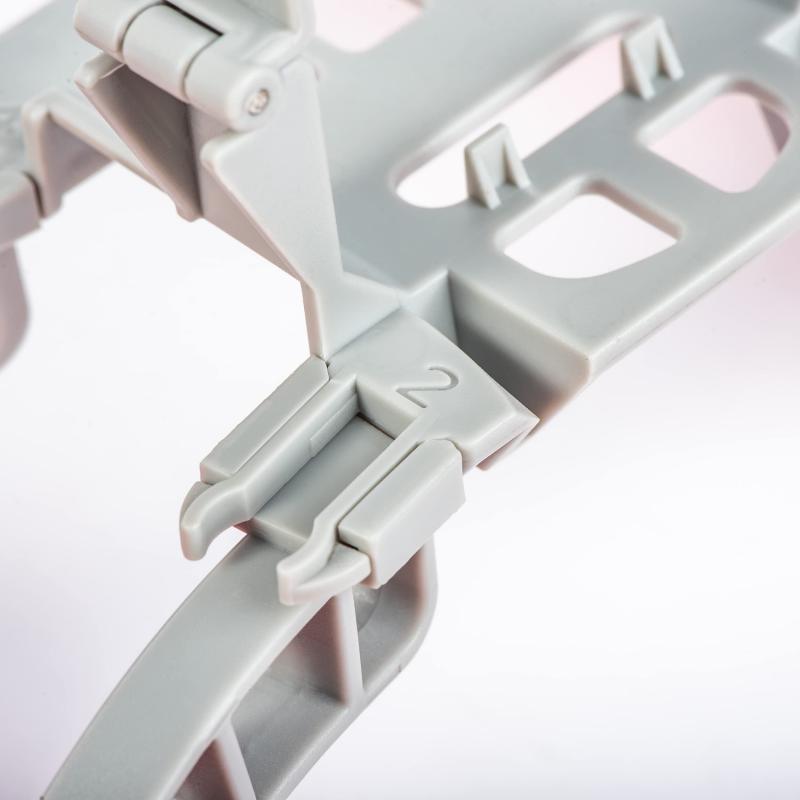
A UV water filter works by using UV-C light technology to kill bacteria, viruses, and other microorganisms that may be present in the water. The UV-C light disrupts the DNA of these microorganisms, rendering them unable to reproduce and causing them to die off. This process is known as UV disinfection.
UV water filters are effective at removing a wide range of microorganisms, including E. coli, salmonella, and giardia. They are also effective at removing chlorine-resistant microorganisms, such as cryptosporidium and giardia.
One of the benefits of UV water filters is that they do not add any chemicals to the water, making them a safe and environmentally friendly option. They also do not remove minerals or other beneficial substances from the water, unlike some other types of water filters.
However, it is important to note that UV water filters do not remove other contaminants from the water, such as heavy metals or chemicals. Therefore, it is important to use a UV water filter in conjunction with other types of water filtration systems, such as activated carbon filters or reverse osmosis systems.
In recent years, there has been growing concern about the potential for UV water filters to produce harmful byproducts, such as trihalomethanes (THMs), when used with chlorinated water. However, studies have shown that these byproducts are typically produced at very low levels and are not a significant health risk. Nevertheless, it is important to use a high-quality UV water filter and to follow the manufacturer's instructions carefully to ensure safe and effective water filtration.
2、 Microorganisms Elimination
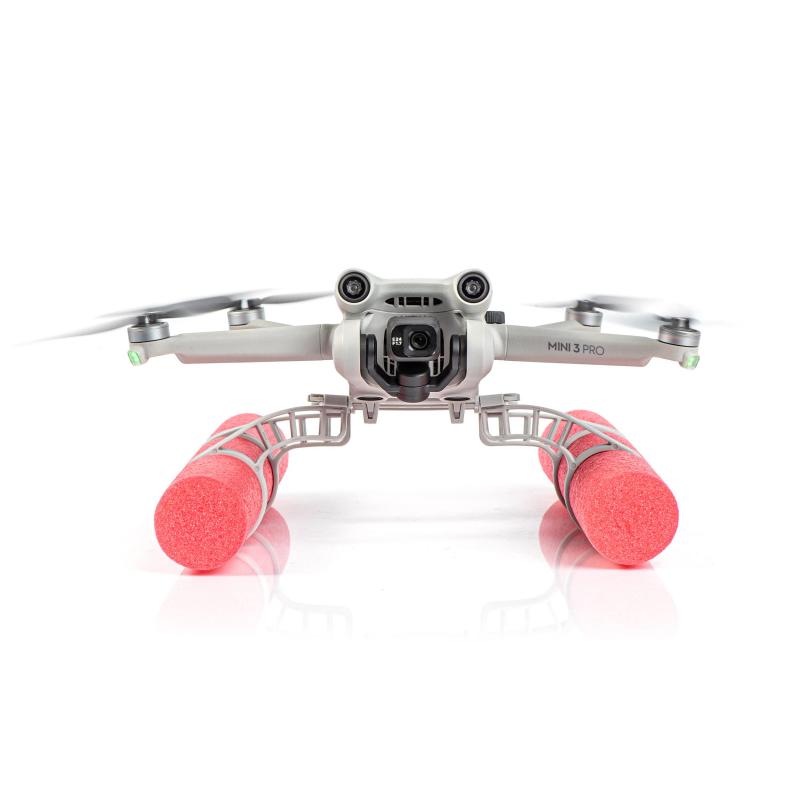
How does a UV water filter work? A UV water filter uses ultraviolet light to eliminate microorganisms from water. The UV light damages the DNA of microorganisms, preventing them from reproducing and rendering them harmless. The water is exposed to the UV light as it passes through a chamber in the filter. The effectiveness of the UV water filter depends on the intensity of the UV light, the length of time the water is exposed to the light, and the quality of the water.
Microorganisms elimination is the primary function of a UV water filter. This includes bacteria, viruses, and other pathogens that can cause illness. UV water filters are commonly used in homes, businesses, and public water systems to ensure that the water is safe to drink. They are also used in aquariums and other applications where water quality is important.
Recent studies have shown that UV water filters can be effective in removing certain chemicals and contaminants from water as well. For example, UV light can break down chlorine and chloramines, which are commonly used to disinfect water but can also be harmful in high concentrations. UV water filters can also remove pharmaceuticals, pesticides, and other organic compounds that are not easily removed by other types of filters.
In conclusion, a UV water filter works by using ultraviolet light to eliminate microorganisms from water. Microorganisms elimination is the primary function of a UV water filter, but recent studies have shown that they can also be effective in removing certain chemicals and contaminants from water.
3、 Water Flow Rate
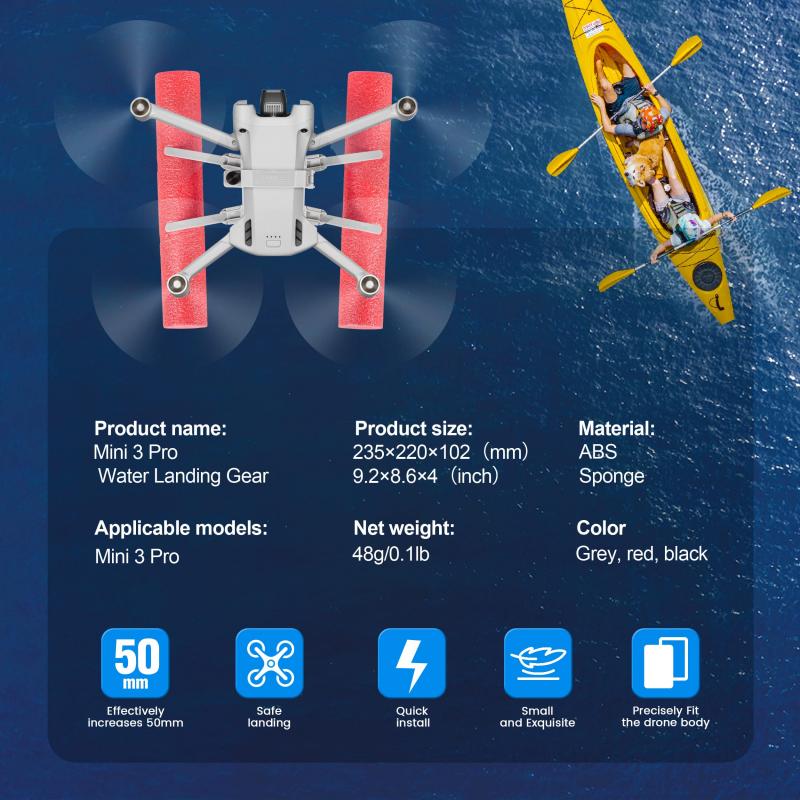
How does a UV water filter work?
A UV water filter uses ultraviolet light to kill bacteria, viruses, and other microorganisms that may be present in water. The UV light damages the DNA of these microorganisms, rendering them unable to reproduce and causing them to die off. This process is known as UV disinfection.
The UV water filter consists of a UV lamp, a quartz sleeve, and a reactor chamber. The water flows through the reactor chamber, where it is exposed to the UV light. The quartz sleeve protects the lamp from the water and ensures that the UV light is evenly distributed throughout the water.
UV water filters are effective at killing a wide range of microorganisms, including those that are resistant to chlorine and other chemical disinfectants. They are also environmentally friendly, as they do not add any chemicals to the water.
Water Flow Rate:
The water flow rate is an important factor to consider when using a UV water filter. The flow rate determines how long the water is exposed to the UV light, and therefore how effective the disinfection process is. If the flow rate is too high, the water may not be exposed to the UV light for long enough to kill all of the microorganisms. On the other hand, if the flow rate is too low, the water may be exposed to the UV light for too long, which can cause the water to become overheated and reduce the effectiveness of the disinfection process.
In recent years, there has been a growing interest in using UV water filters in households and businesses. With the increasing concern over waterborne illnesses and the need for safe drinking water, UV water filters offer a reliable and effective solution for disinfecting water.
4、 Maintenance and Replacement
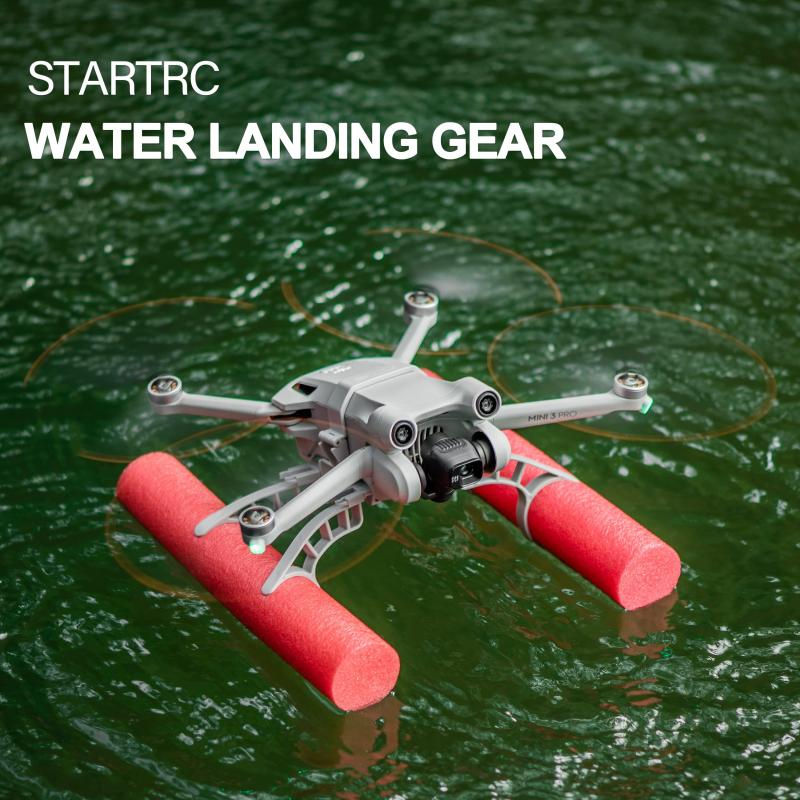
How does a UV water filter work?
A UV water filter uses ultraviolet light to kill bacteria, viruses, and other microorganisms in water. The UV light damages the DNA of these microorganisms, rendering them unable to reproduce and causing them to die off. The water is then safe to drink.
The UV water filter consists of a UV lamp, a quartz sleeve, and a reactor chamber. The water flows through the reactor chamber, where it is exposed to the UV light. The quartz sleeve protects the lamp from the water and ensures that the UV light is evenly distributed throughout the water.
UV water filters are effective at killing microorganisms, but they do not remove other contaminants such as chemicals, heavy metals, or sediment. For this reason, it is often recommended to use a UV water filter in conjunction with other types of water filtration, such as activated carbon or reverse osmosis.
Maintenance and Replacement:
UV water filters require regular maintenance to ensure that they are working properly. The quartz sleeve should be cleaned periodically to remove any buildup of minerals or other contaminants that can reduce the effectiveness of the UV light. The lamp should also be replaced every 12 months to ensure that it is producing enough UV light to kill microorganisms.
In addition to regular maintenance, it is important to replace the entire UV water filter system every 3-5 years. Over time, the reactor chamber can become contaminated with microorganisms, reducing the effectiveness of the UV light. Replacing the entire system ensures that the water is being properly treated and is safe to drink.
In conclusion, UV water filters are an effective way to kill bacteria, viruses, and other microorganisms in water. However, they should be used in conjunction with other types of water filtration and require regular maintenance and replacement to ensure that they are working properly.


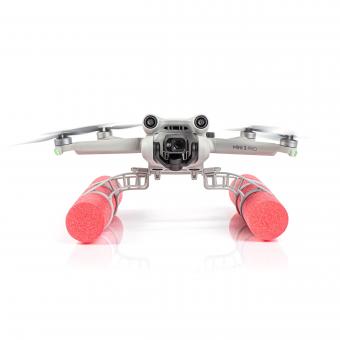



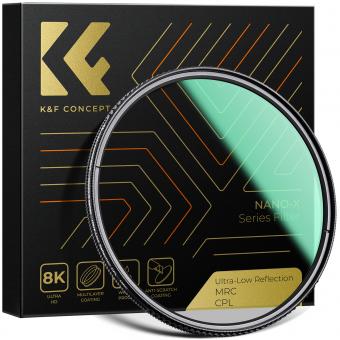
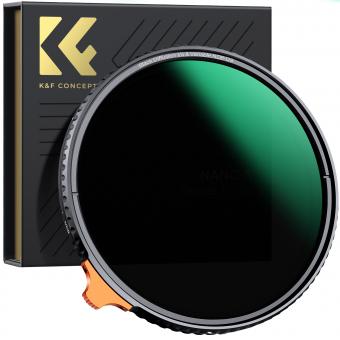



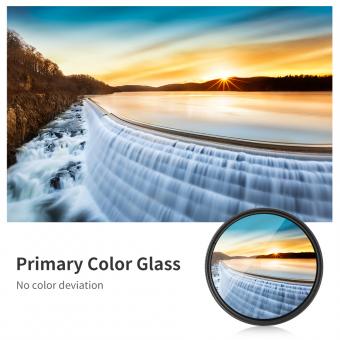






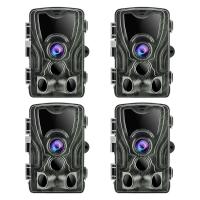
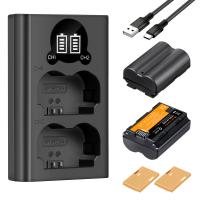

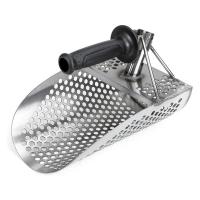



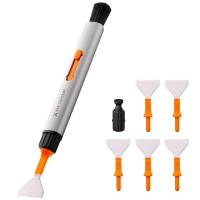

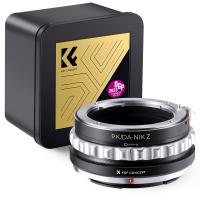
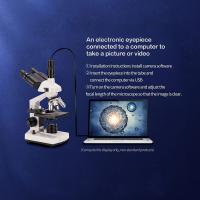
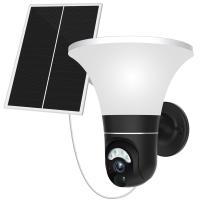




There are no comments for this blog.